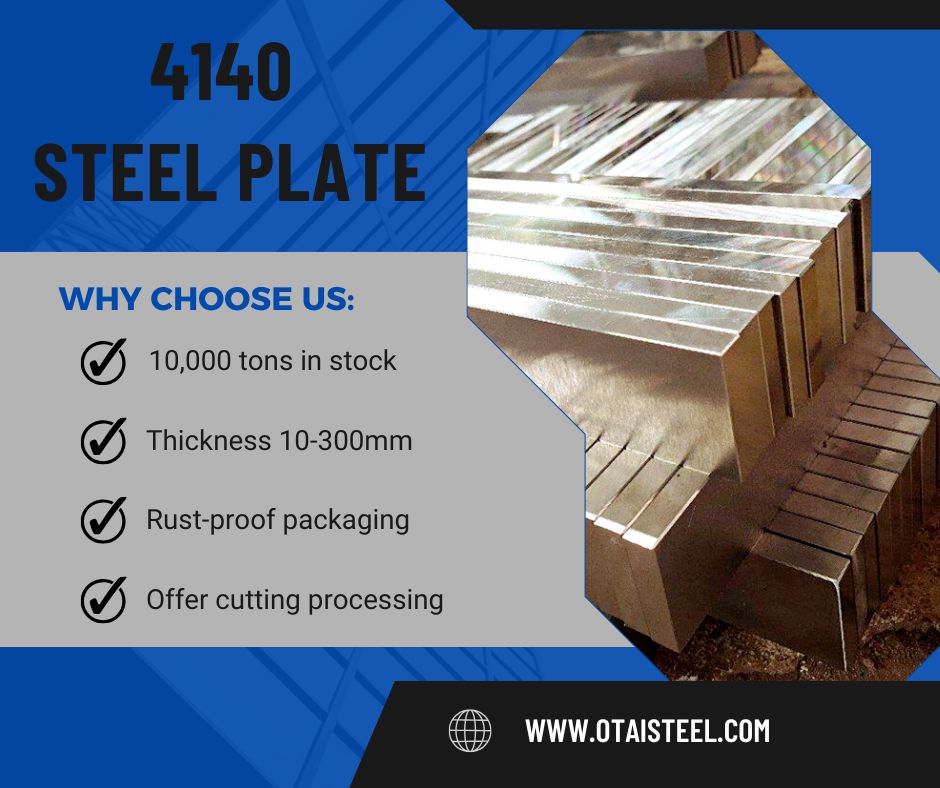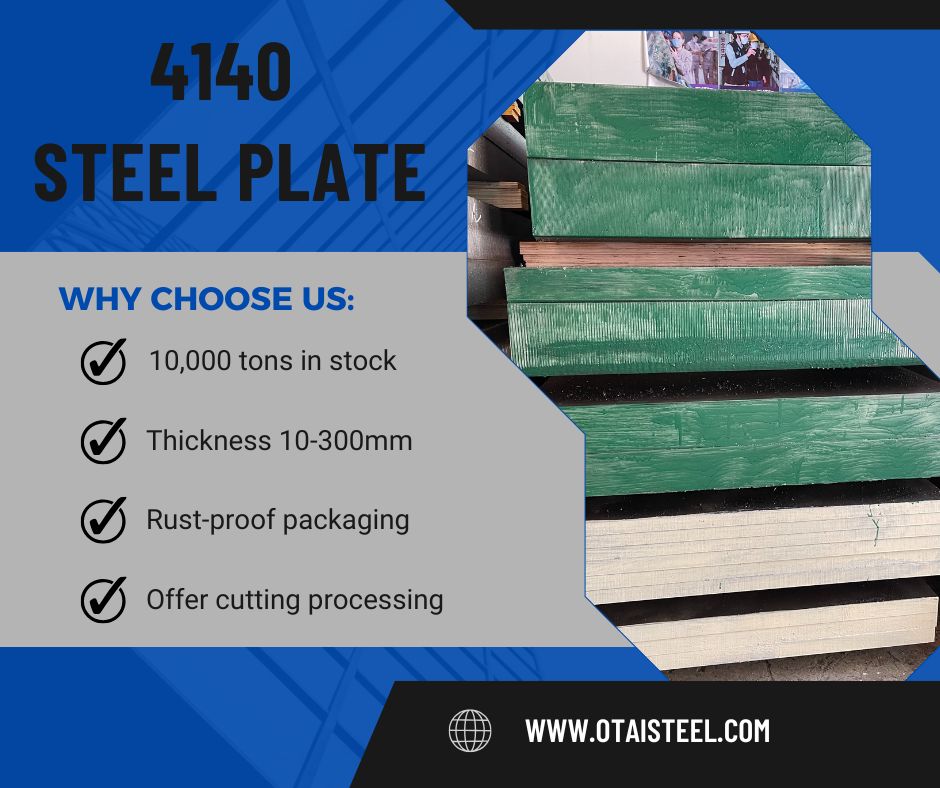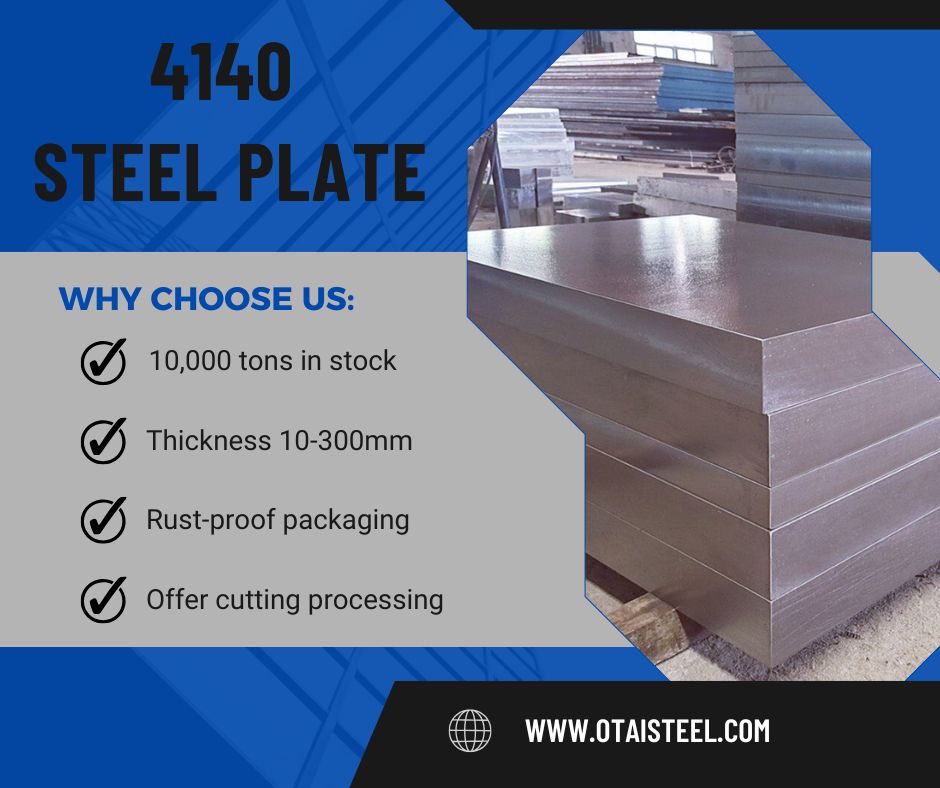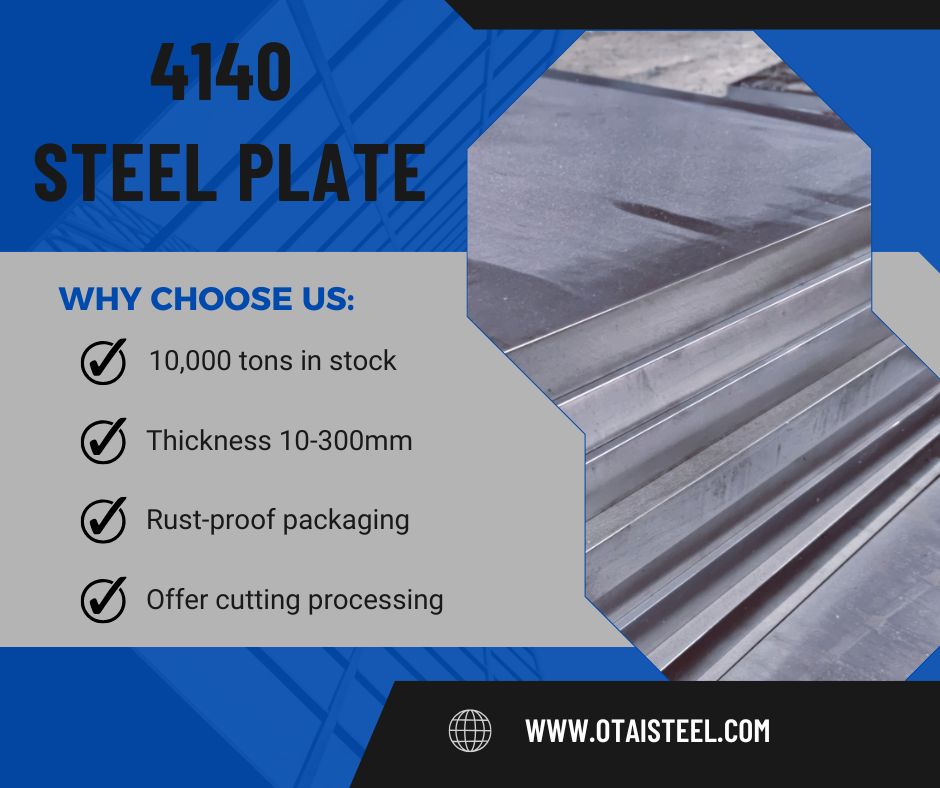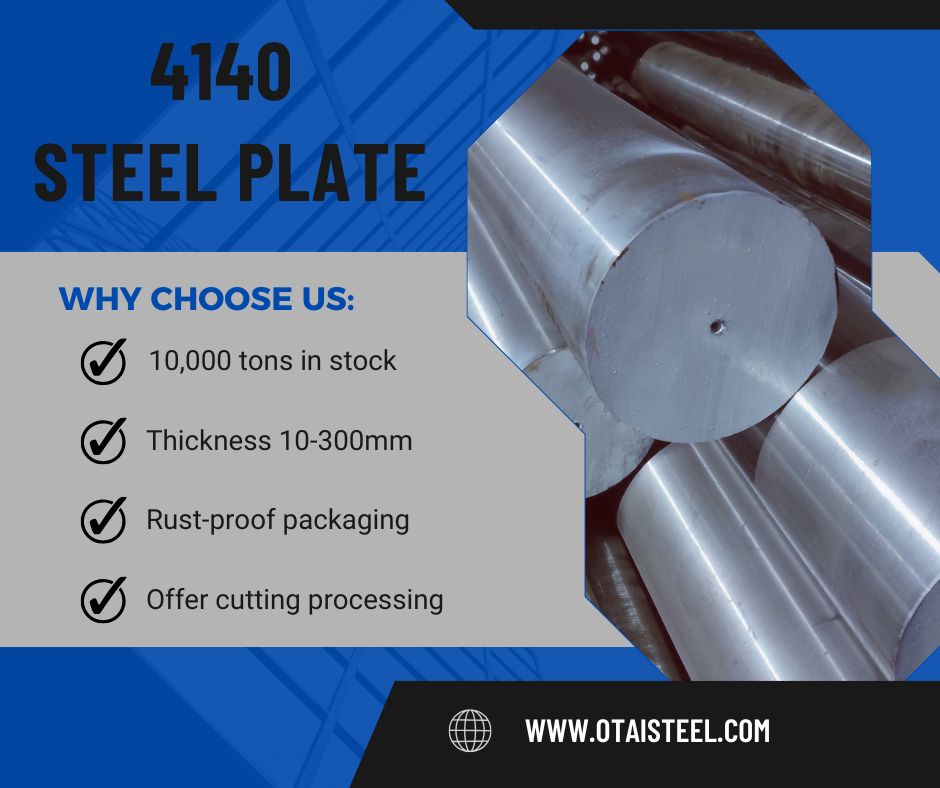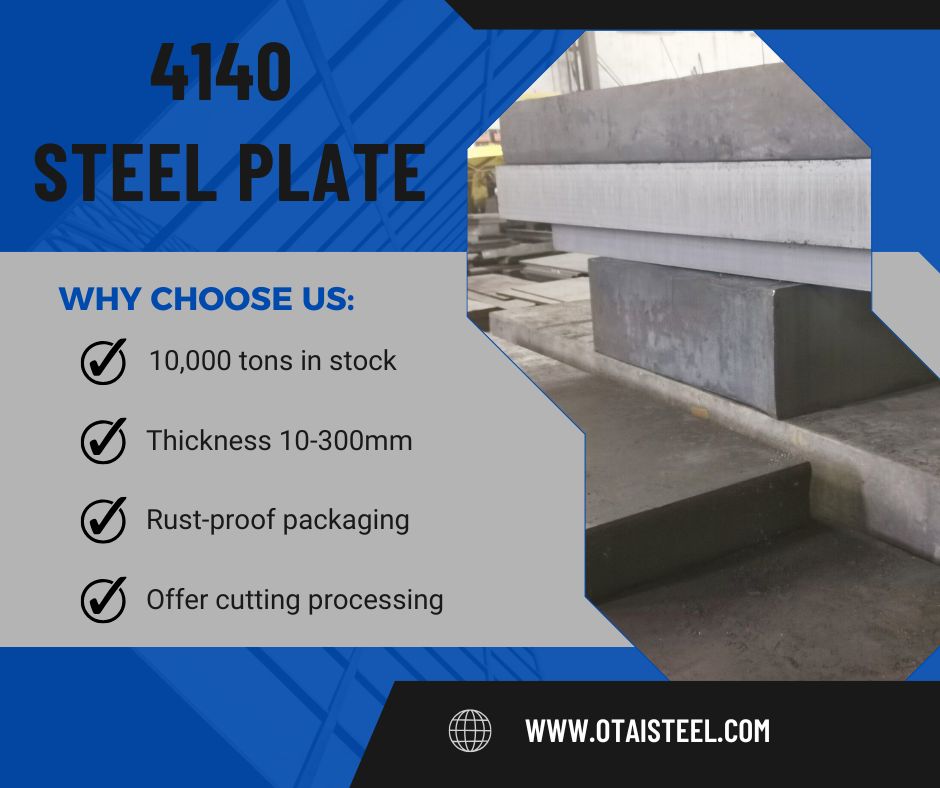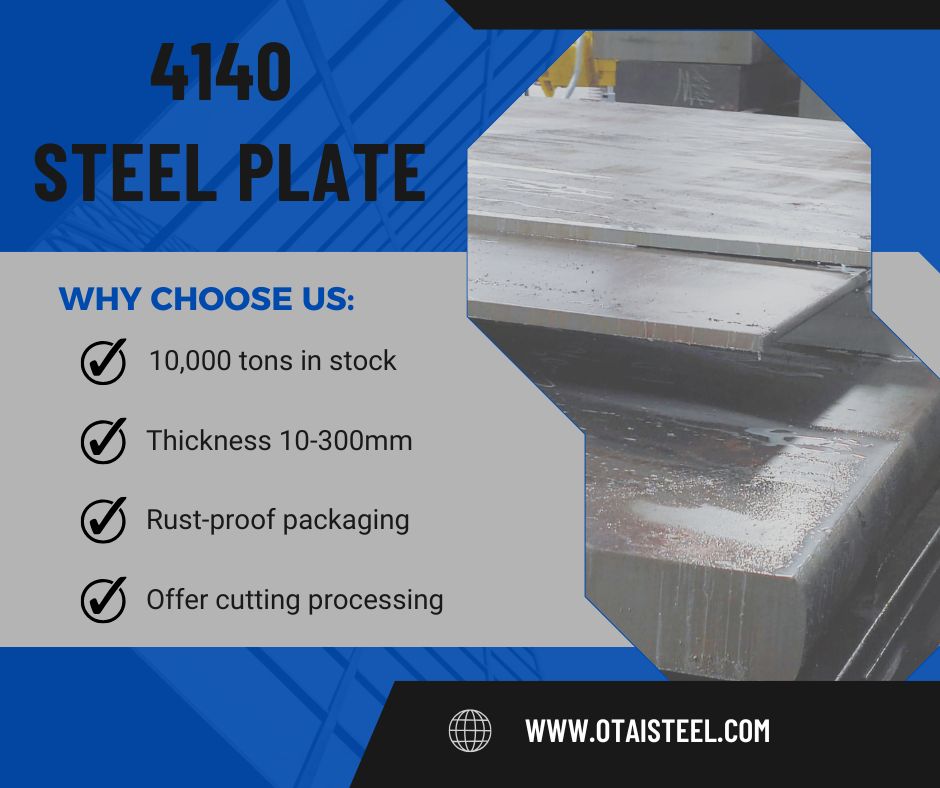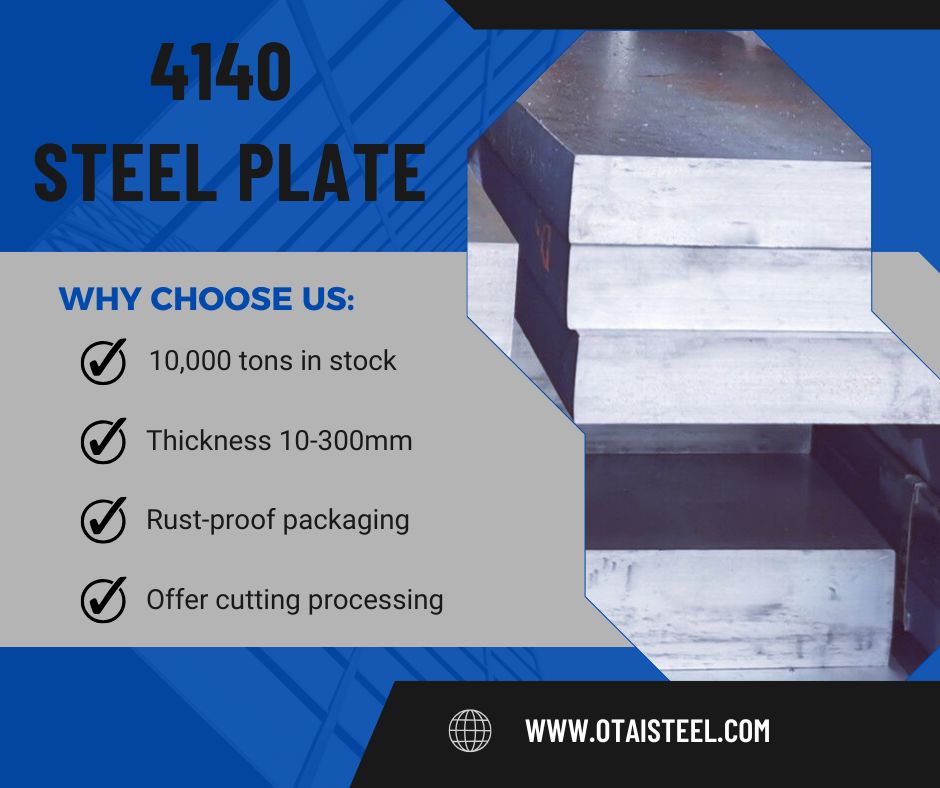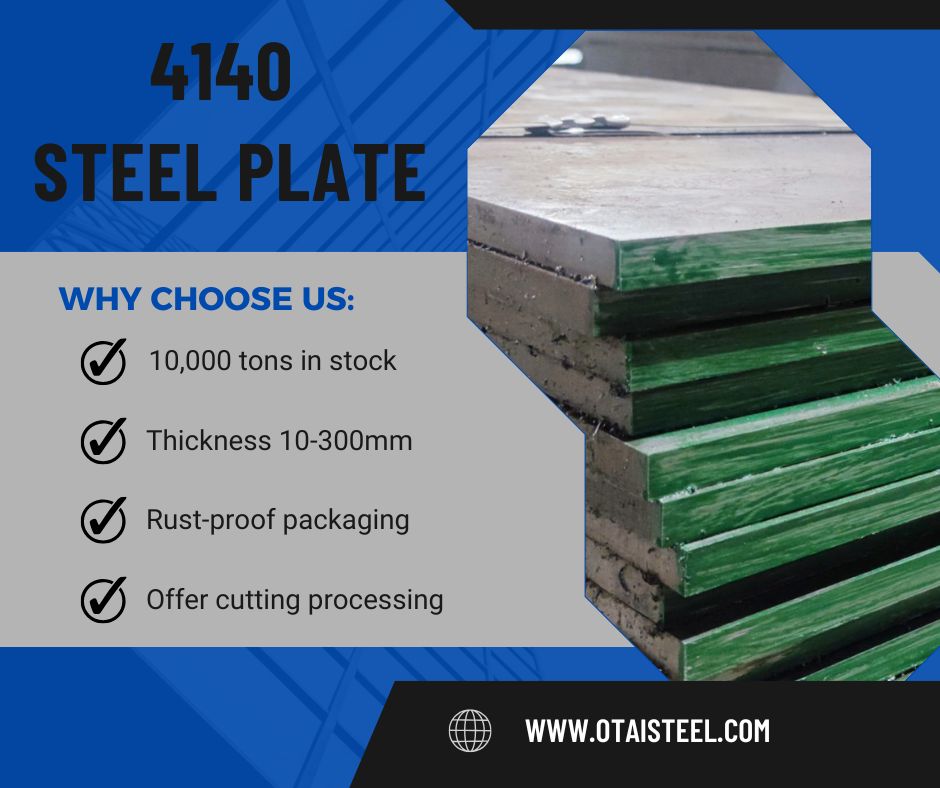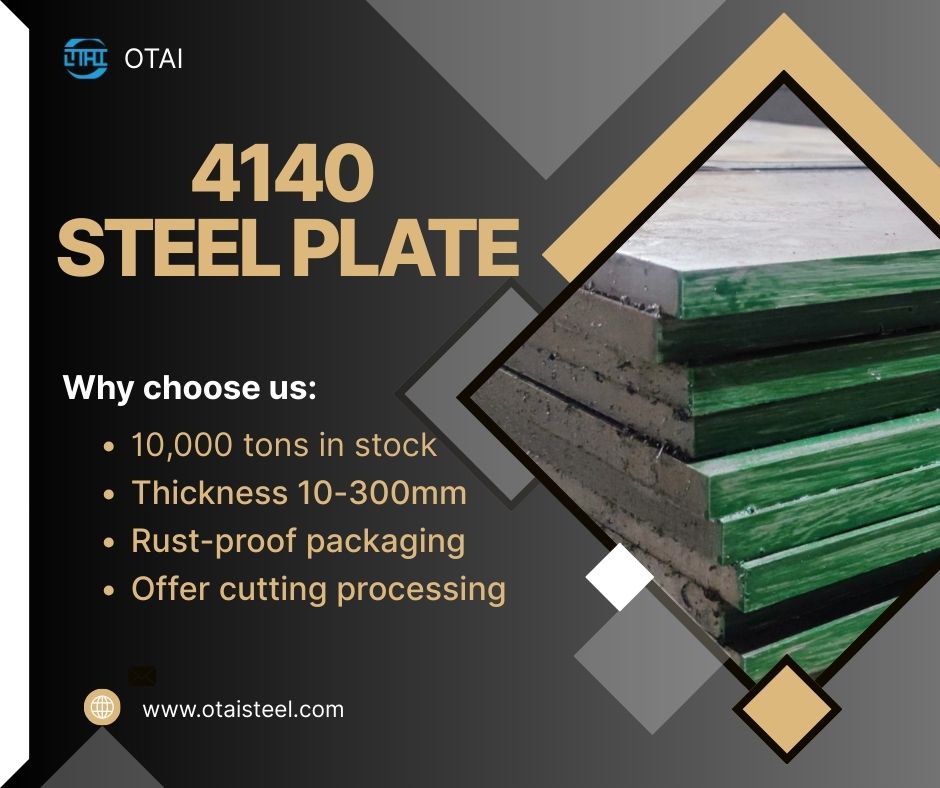 Different Types of 4140 Steel – Choosing the Right for Your Project
Different Types of 4140 Steel – Choosing the Right for Your Project
When engineers talk about different types of 4140 steel, they usually refer to the heat treatment conditions and hardness levels that transform 4140 from a raw alloy into a material suitable for specific applications. Understanding these variations helps you select the right grade, minimize machining costs, and optimize performance.
🔎 Overview of 4140 Steel Grades
The term 4140 steel grades covers several forms of this chromium-molybdenum alloy, classified mainly by hardness, heat treatment, and delivery condition. In its simplest state, 4140 is delivered as annealed bar stock, but many suppliers also provide prehardened or heat-treated options.
| Grade / Condition | Typical Hardness (HRC) | Typical Use |
|---|---|---|
| 4140 Annealed | 18 – 22 | Easy machining, forging, heat-treatment-ready |
| 4140 Prehard Steel | 28 – 32 | Tooling, molds, fixtures, shafts |
| 4140 HTSR Steel (Heat Treated, Stress Relieved) | 28 – 32 | Precision components with minimal distortion |
| 4140 Quenched & Tempered | 30 – 50 | High-strength parts, gears, axles |
Each type has unique mechanical properties, machinability, and cost implications.
🧪 4140 Annealed vs Quenched
One of the most common questions is the difference between 4140 annealed vs quenched. Annealed 4140 is soft and easy to machine, making it ideal for rough machining and parts that will undergo final heat treatment later. Quenched and tempered 4140, on the other hand, is much harder and ready for use in demanding applications.
Key takeaway: If you need maximum toughness and wear resistance, choose quenched and tempered 4140. If you need flexibility for custom hardness, go with the annealed condition.
🔧 Heat Treatment Options for 4140 Steel
Engineers can specify 4140 steel heat treatment options to achieve precise hardness levels:
- Annealing: Produces a soft, uniform structure, improves machinability.
- Normalizing: Improves grain structure, raises strength slightly.
- Quenching & Tempering: Achieves maximum hardness and toughness.
- Stress Relieving: Used in 4140 HTSR steel to reduce internal stresses, ensuring dimensional stability during machining.
Selecting the right process depends on the application and whether you will machine before or after hardening.
⚖️ Mechanical Properties by Condition
| Condition | Tensile Strength (MPa) | Yield Strength (MPa) | Elongation (%) |
| Annealed | 655 | 415 | 25 |
| Prehard (28-32 HRC) | 965 – 1030 | 760 – 850 | 17 |
| Quenched & Tempered (40 HRC) | 1250+ | 1080+ | 12 |
Harder grades offer higher strength but lower ductility, so balance is key.
🏭 Applications of Different 4140 Types
Each 4140 grade is chosen based on its properties. Here are typical 4140 steel applications:
- 4140 Annealed: gears, shafts, forgings that will be heat treated later
- 4140 Prehard Steel: fixtures, dies, molds where moderate hardness is enough
- 4140 HTSR Steel: precision shafts, spindles, and tooling that require minimal warpage
- 4140 Quenched & Tempered: axles, drill collars, crankshafts, machine parts under heavy load
Using the right type prevents costly part failure and machining rework.
🧠 Practical Tips for Engineers
- If you plan extensive machining, start with annealed material to save tooling costs.
- For tight-tolerance parts, consider HTSR condition to reduce stress-related distortion.
- If your supplier offers prehard, you may eliminate the need for in-house heat treatment, saving time and money.
- Always verify hardness range on the mill test certificate before finalizing your purchase.
🌟 Company Advantages
At Otai Special Steel, we stock a wide range of different types of 4140 steel, including annealed, prehard, and quenched-and-tempered bars and plates. With more than 10,000 tons in inventory, we provide:
- Customized cutting to size
- Heat treatment services (QT, HTSR)
- Ultrasonic testing (UT) and chemical composition reports
- Fast global delivery and competitive pricing
This ensures you get the exact grade you need with minimal lead time.
❓ FAQ
Q: How do I choose between annealed and prehard 4140?
A: Choose annealed if you plan to heat treat later. Choose prehard if you want to skip heat treatment and go straight to machining.
Q: Can 4140 prehard be further hardened?
A: Yes, prehard 4140 can be quenched and tempered to higher hardness if needed.
Q: What is HTSR exactly?
A: HTSR stands for Heat Treated, Stress Relieved, meaning the material has been heat treated and then stress relieved to minimize warpage.
Q: Is 4140 suitable for welding?
A: Yes, but preheating and post-weld stress relief are recommended to avoid cracking.
Q: Can I use the same cutting tools for all grades?
A: Harder grades require tougher cutting tools and slower speeds. Adjust your machining parameters accordingly.
